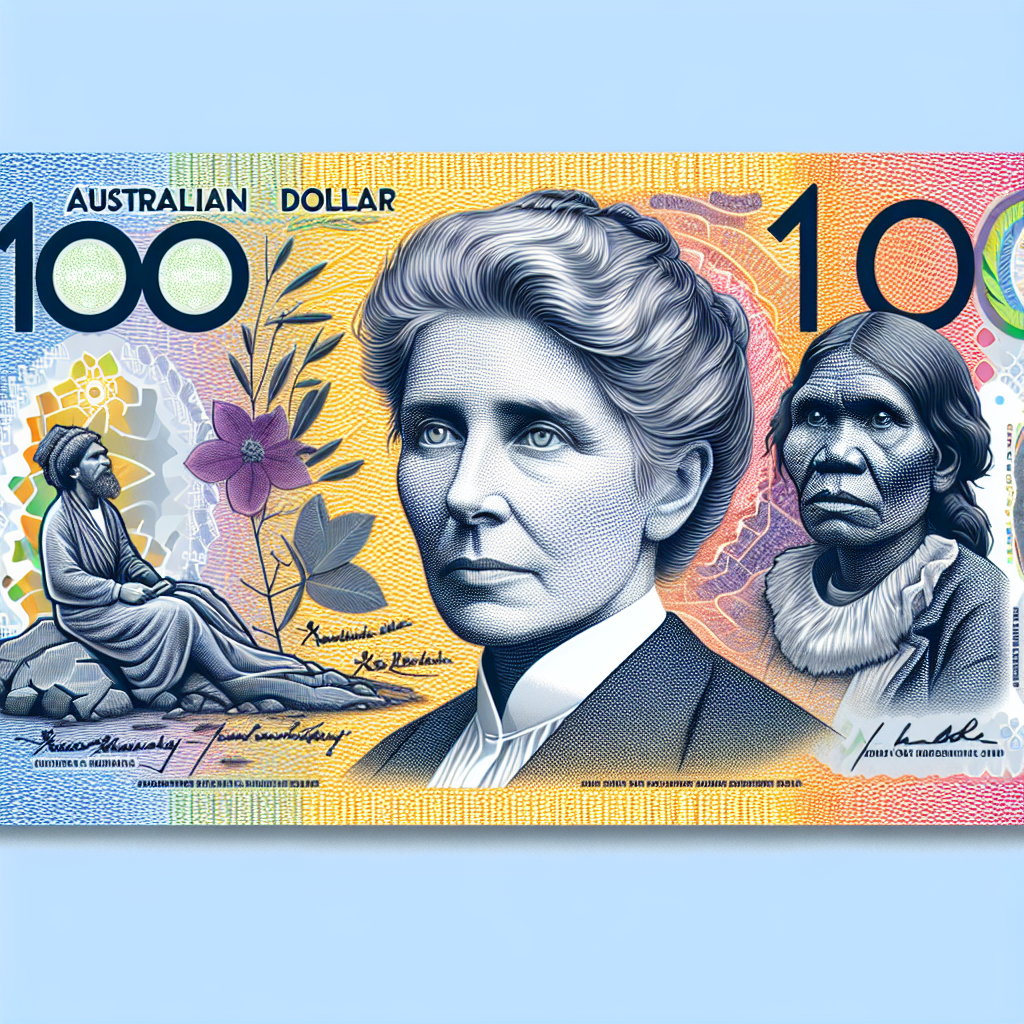Dollar Dominance: Fed’s Hawkish Stance Reshapes Markets
The U.S. dollar surged to one-year highs following a hawkish Federal Reserve stance. Fed Chair Jerome Powell's comments dampened expectations for immediate rate cuts, affecting global markets. Key indices in the U.S., Europe, and Asia showed declines, while the Japanese market experienced gains due to a stronger yen.

The U.S. dollar surged to one-year highs on Friday as Federal Reserve Chair Jerome Powell adopted a hawkish tone, causing short-term Treasury yields to rise and leaving Wall Street futures in decline while most Asian markets struggled.
Powell indicated that rate cuts weren't necessary with the economy still expanding, a robust job market, and inflation above the 2% target, leading to tempered expectations for an imminent rate cut. Fed fund futures for next year fell, with December's futures losing 7 ticks and suggesting only 71 basis points of rate cuts by the end of 2025. The likelihood of a rate cut next month dropped, now priced at 61% compared to 82.5% from the previous session.
The dollar's strength adversely affected the euro, with expectations of aggressive policy easing in Europe hurting the euro further, already at one-year lows. Markets worldwide have responded, with U.S. indices Nasdaq and S&P 500 futures declining, Eurozone's EUROSTOXX 50 futures falling, and mixed results in Asia. The strength of the dollar also pressured commodity prices, with substantial declines in both gold and oil.
(With inputs from agencies.)










